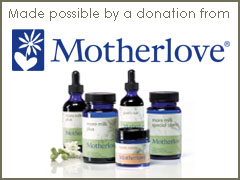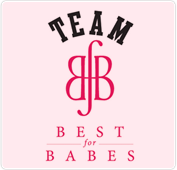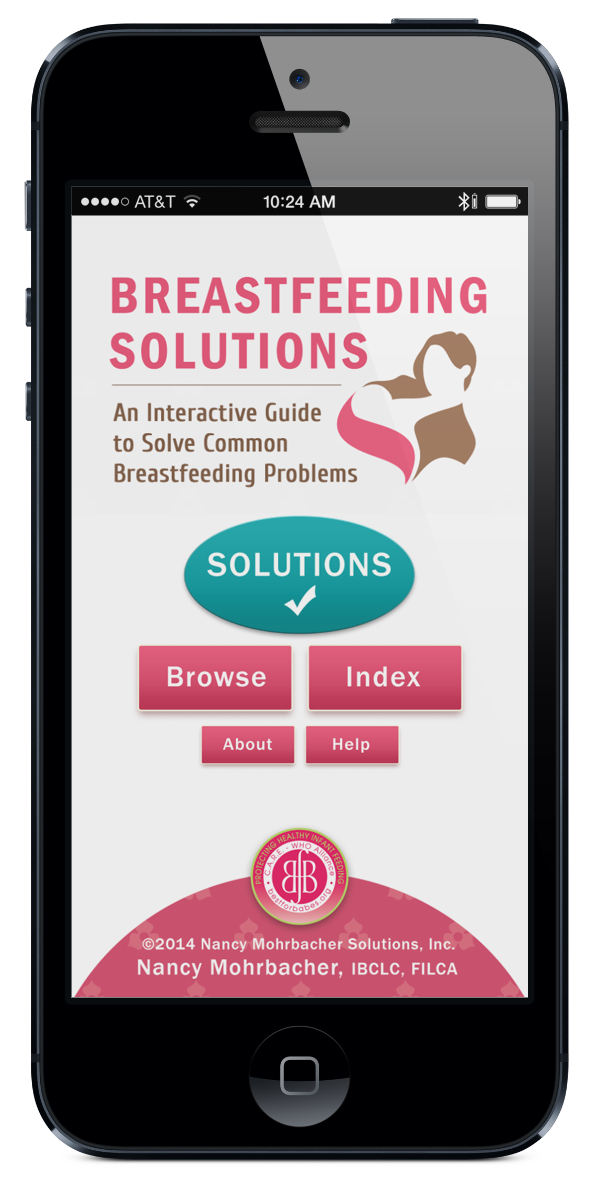This is the eighth in a series of posts on Booby Traps™ in pregnancy, made possible by the generous support of Motherlove Herbal Company.

When talking about Booby Traps, we often talk about how to get through them. I’d like to talk to you a bit about something slightly different. Avoiding the Booby Traps by considering using a midwife or a practitioner who follows the Midwives Model of Care.
Citizens for Midwifery breaks down the Midwives Model of Care into its bare essentials. Here are two of the primary components and how they will help you avoid the Booby Traps:
- More personalized attention.
Increased personalized attention can manifest itself in many ways. It can mean more focused prenatal visits with adequate time for questions and answers. It can also mean a look at your specific needs and a look at the barriers to breastfeeding that may be more worrisome to you as an individual, for example some specific breastfeeding education that relates to your personal medical history as opposed to a generic lesson on breastfeeding.
- Lower rates of intervention.
Interventions of all sorts can interfere with the normal breastfeeding process and, in general, don’t necessarily improve outcomes for moms or babies. While it might seem obvious that having a c-section can impact your ability to breastfeed on many levels, you might not realize that something as simple as a bag of IV fluids in labor may also impact your breastfeeding relationship. A practitioner following the Midwives Model of Care will do their best to avoid these interventions, using them only when medically indicated.
Now, there are many types of midwives and they can practice in many settings, including birth centers, home births and hospitals. In general, midwifery care is very conducive to a positive breastfeeding experience. Here are some ways that this plays out in real life:
- The care providers are confident in the mother’s ability to breastfeed her baby
- Breastfeeding is talked about frequently in the prenatal period
- Moms are encouraged to take a breastfeeding class from a reputable source
- Moms see breastfeeding modeled in the waiting room by other mothers
- Breastfeeding is set up as the norm, encouraged and supported fully
- Statistically fewer moms will have interventions in birth and postpartum that could interfere with breastfeeding initiation or breastfeeding
- Mom and baby are skin to skin with no separation after the birth
This is the basis of the Midwives Model of Care and its entire design is to avoid unnecessary interventions and to support the body in its basic design, which includes breastfeeding.
The entire purpose of the Midwives Model of Care is to support the body in its basic design, including breastfeeding, and to avoid unnecessary interventions, which can increase the likelihood that you would encounter a Booby Trap.
Does your provider hold these beliefs when it comes to your prenatal care?
Robin Elise Weiss, BA, CLC, CD(DONA), LCCE, FACCE is the mother of eight children. She writes about pregnancy at pregnancy.about.com. Robin is the author of more than 10 books on pregnancy, parenting and breastfeeding topics.
Glantz, J C. (2011). Rates of labor induction and primary cesarean delivery do not correlate with rates of adverse neonatal outcome in level i hospitals. Journal of Maternal - Fetal & Neonatal Medicine, 24(4), 636-642.
Photo © iStockPhoto






Thanks for highlighting such an important part of a healthy breastfeeding relationship. A few years ago I saw Diane Wiessinger give a talk, “What Would Mammals Do” that focused on how much the birth experience affects the breastfeeding relationship. It’s really profound to see the way we understand that animals need an uninterrupted birth experience to ensure a strong breastfeeding start and yet, not see how we as mammals are not any different!
Hillary Boucher
Citizens for Midwifery
This is such a great article. I shared it on my blog post today. It’s so important for women to understand how birth impacts breastfeeding. All of my midwives have always been extremely helpful in making sure breastfeeding was off to a good start.
http://themahoganywaybirthcafe.wordpress.com/2011/05/02/preparing-for-birth-midwife-model-of-care-vs-medical-model-of-care/